Artificial Intelligence on Farms, Now it’s making practical Advances
A long time ago, back in kindergarten or grade one, each student might have been given a tiny little flower pot, a tablespoon or so of soil, and a seed of some description. It became their job to grow a plant.
The teacher helped them put soil in the pot, put the seed at the right depth, and then they would put their names of the pots and water them each day until something grew. Bean sprouts are fast, edible, and give satisfaction to kids. Most people experienced something like this at some point and it dwells in their mind as “how food is grown”. That is changing now.
The World
By the year 2050 our population might be over 9 billion people. Back in the year 1600 C.E. the population of the entire world was just a little over 0.5 billion. It wasn’t until 1800 C.E. that we probably broke through the billion barrier. That was the first time we probably heard the cry “Earth cannot sustain any more people. We can’t grow food for a billion mouths!”
Obviously that was not true, since we have continued to grow to our current 7.6 billion—and there has never been a shortage of food. Yes, people have starved to death all over our planet, but never because there wasn’t enough food—we have always had a problem of distribution, getting excess production in one area to somewhere else with a severe lack.
At every turn where we thought we had reached a limit, we found new ways of growing more food, with fewer resources, and even less human-powered interaction. We are unlikely to ever be defeated on that front. Long before we run out of the capability to produce sufficient food we will become smart enough to reduce our population to appropriate levels.
Artificial Intelligence on Farms
When people think of artificial intelligence nowadays they probably imagine C3PO and R2D2. Those movie creations were portrayed as considerably more advanced than what we have currently achieved. Nevertheless we’ve made some terrific progress.
 A company called BOWERY has moved farming indoors. Their crops are stacked one atop the other, lighted, fed, monitored, and diagnosed by sophisticated computer programs. Their crops are largely grown hydroponically, without soil, in trays that travel throughout the complex by conveyor. The sterile facility requires no pesticides to maintain the health of their plants.
A company called BOWERY has moved farming indoors. Their crops are stacked one atop the other, lighted, fed, monitored, and diagnosed by sophisticated computer programs. Their crops are largely grown hydroponically, without soil, in trays that travel throughout the complex by conveyor. The sterile facility requires no pesticides to maintain the health of their plants.
Faster than a human could ever do so, the Artificial Intelligence program is learning to spot a disease on a single leaf, just as it is beginning, so it can be removed before it can infect anything else. It sees when crops are ready to harvest for maximum flavor, and yield. It makes the whole operation more efficient.
In an area comparison, they grow 100 times more produce than the same amount of land outdoors, and use 95% less water. One indoor acre renders as much food as 100 acres because the crops grow constantly, all year long, irrespective of weather or day –night cycles.
Who else?
Another company, NatureSweet has turned to AI to monitor one of its six tomato farms which it operates in the United States and Mexico. They are looking forward to a 20% increase in yield as they integrate the system. They are already showing as much as 4% increase in these early trials.
Carnegie Mellon University’s Robotics Institute researchers are working on a new product called FarmView. This system will incorporate artificial intelligence into robots with sensors that are capable of monitoring plant breeding, plant health, and crop management practices.
This semi-autonomous robot can wander the fields gathering data with unprecedented accuracy. It can advise farmers when to prune back the leaves so the plants can dedicate more energy to growing of the fruit, or when pruning immature fruit to allow the plant to increase its health would be a good idea.
Makers make a Difference
Not to be outdone, a Japanese Computer specialist named Makoto Koike has retired, from writing software to control cars, to work on his parent’s cucumber farm. Many companies, including Microsoft, Amazon, Yahoo, Google, Yandex, and Facebook have released AI software in an open source format so that it is available to anyone who wants to program with it.
Koike created a sophisticated sorting program to separate “perfect” cucumbers from near-perfect cucumbers, because Japanese people are notoriously fussy about their vegetables. He is being courted by several big companies because previously this would have been impossible for an individual without a great deal of money and many researchers to support him.
Artificial Intelligence – Smarter than a Farmer?
 A new learning artificial intelligence interface runs in augmented reality. You put on a headset and, using software designed by Huxley, get to see the exact condition of every plant in your sight.
A new learning artificial intelligence interface runs in augmented reality. You put on a headset and, using software designed by Huxley, get to see the exact condition of every plant in your sight.
You can see the temperature of the air and soil or water, as well as the current pH level, growth status, and predictions about when a crop should be harvested. It also shows a daily task list saying what you need to do assure plant health and what is scheduled for harvest today. It gets smarter with each harvest, determining strategies which improved the crop yield, and strategies which decreased it, so what can avoid those in future.
Artificial Intelligence – Driverless Cars—Driverless Tractors?
There’s a good possibility that this might be true in the near future. Tractors with radar, infrared, and microwave imaging could run any hour of the day, able to sense obstructions, or animate living things that crossed its path. Like the world’s largest robotic vacuum, it could harvest crops, till, harrow, plant, fertilize, and then harvest again.
Of course from ground level it wouldn’t have all the information it needed to decide if every single part of the field was ready to be harvested. Using information from airborne drones, it might harvest the field in a patchwork fashion, collecting only the most mature plants according to analysis from the artificial intelligence running the farm and the drones.
Artificial Intelligence – Dairy Farms
Once we get away from growing things, automation becomes even more interesting. Cows are now identified by RFID chips or tags, or in some cases, even by facial recognition. Modern farms are equipped with automatic milking machines. They can wander into the fully automated milking shed whenever they feel like it.
Free range cattle when given the choice will get themselves milked 4 to 5 times per day instead of once in the morning and once at night by traditional methods. This increases the cows’ happiness and the quality of their milk.
Artificial Intelligence – The Takeaway
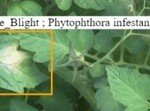
Artificial Intelligence on Farms
Of course there is a lot more to it. The AI can analyze current weather predictions to make better decisions about planting and harvesting. It could recognize pestilence in a particular portion of the farm and perhaps only used pesticide in that area, saving money.
With sophisticated irrigation systems it could decide when an area had enough water, thus saving this valuable resource. Over time it would learn that more fertilizer was required on a particular acreage, and less was required somewhere else, ultimately reducing the amount used. It might even decide which crops were more likely to be profitable based on market analysis.
Whenever you expect to come as a result of introducing artificial intelligence to farming, you are underestimating. The future is bright!

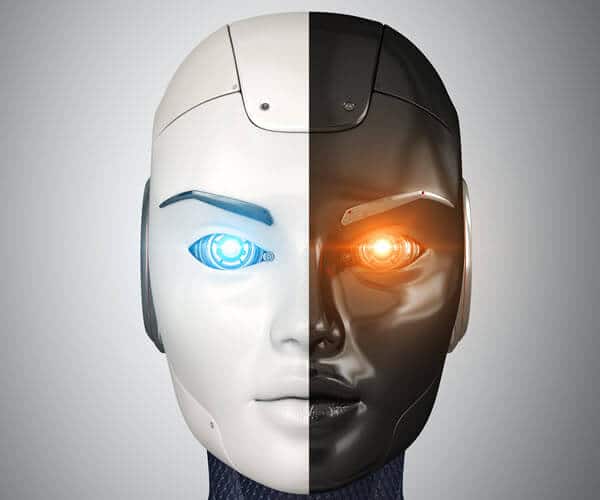
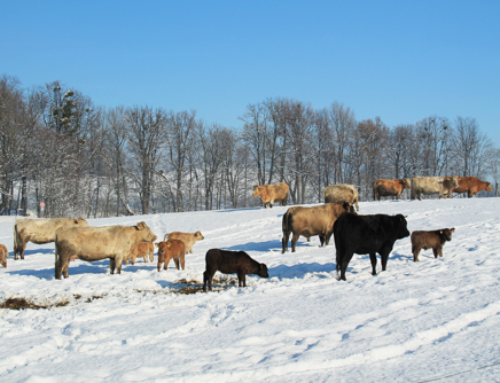

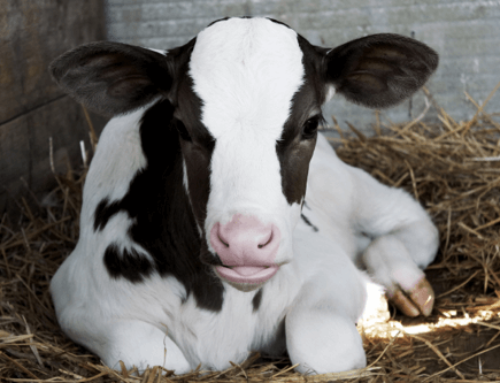
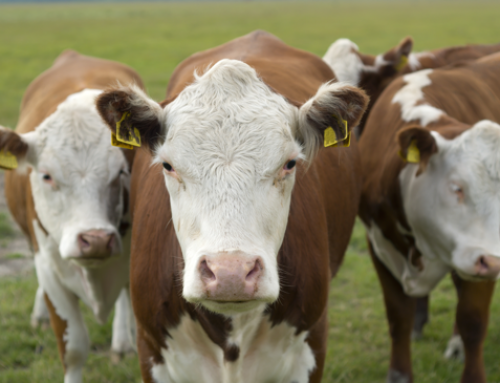
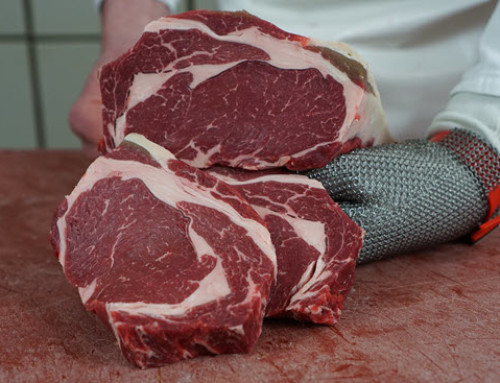
Leave A Comment